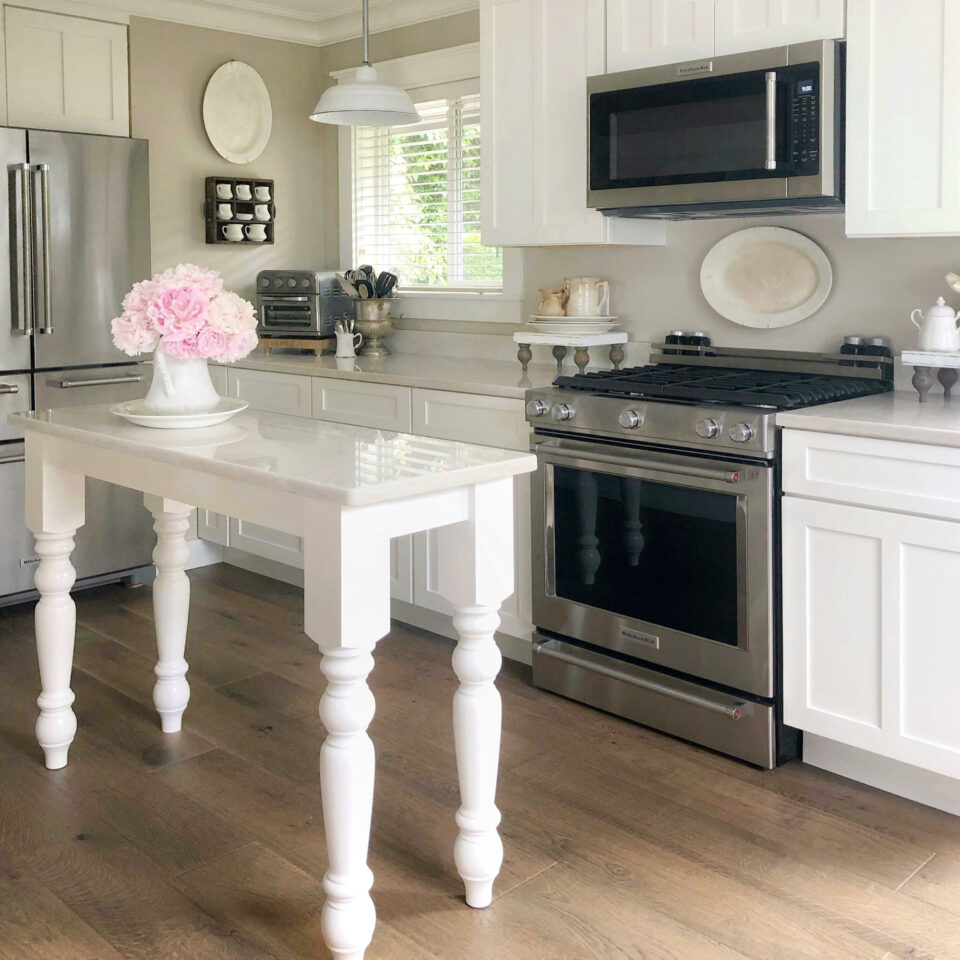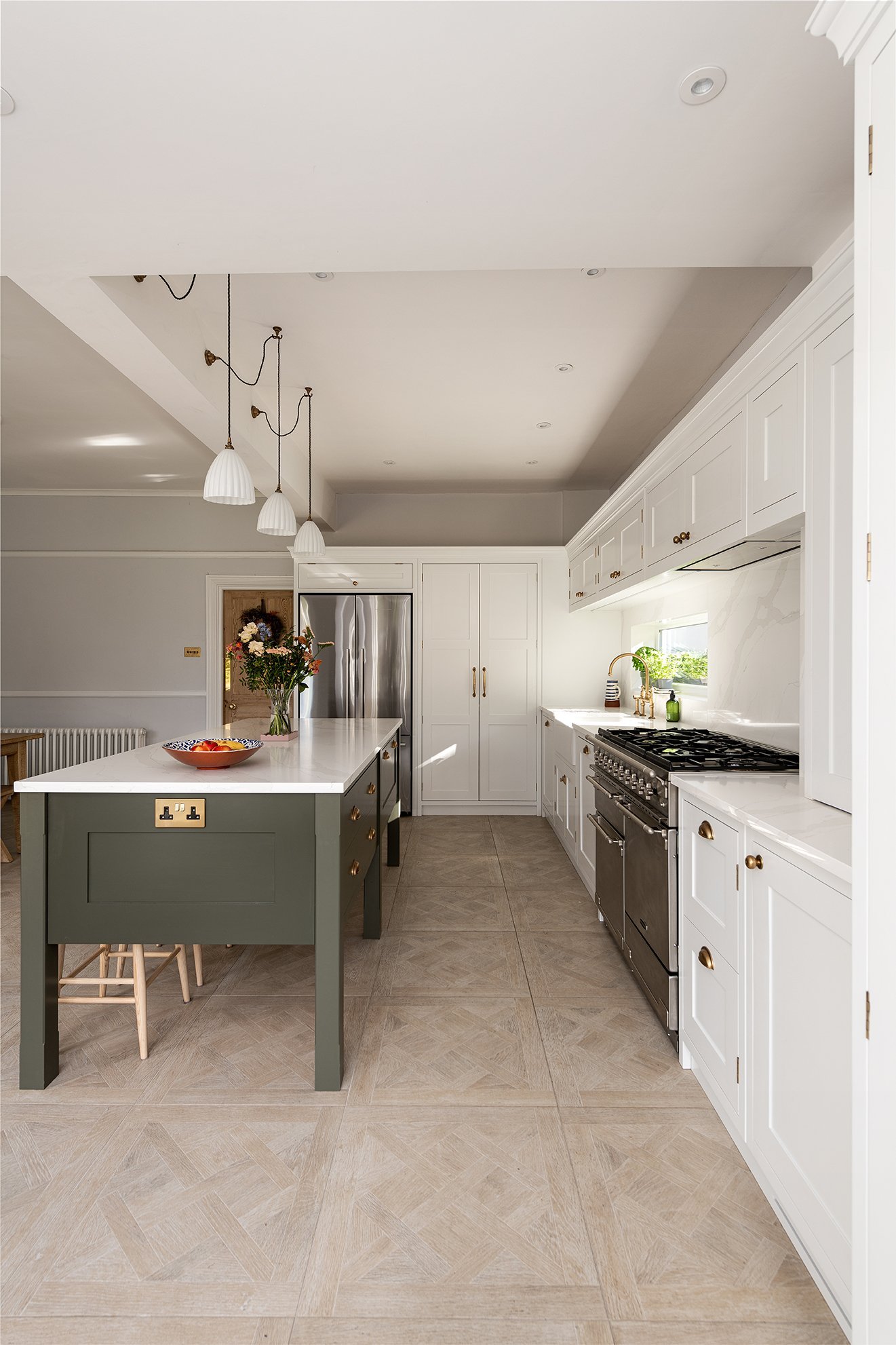Kitchen Island Legs for Modern and Standard Kitchens
Kitchen Island Legs for Modern and Standard Kitchens
Blog Article
Essential Tips for Picking the Perfect Dining Table for Your Kitchen Area
Choosing the ideal dining table for your cooking area is even more than simply a matter of preference; it necessitates a thorough understanding of your area and demands. The form of the table plays a critical role; while rectangular tables fit larger areas, rounded ones foster intimacy, and extendable options supply flexibility. The table should integrate with your cooking area's aesthetic appeals and fit your family easily.
Step Your Room
Selecting the excellent table begins with a careful analysis of your readily available space. This fundamental action makes certain that the table not just fits conveniently within the room but also complements the overall design and capability of your eating area. Begin by measuring the dimensions of the area, thinking about entrances, home windows, and any kind of existing furnishings. This will aid you determine the maximum permitted size for your dining table.
Take into consideration the circulation of activity around the table. It is important to leave ample room for chairs to be taken out and for individuals to move the table without obstruction. A basic guideline is to allow a minimum of 36 inches of clearance from the side of the table to the nearby wall surface or furniture piece. This ensures ease of access and convenience during meals.
Additionally, think of the number of individuals you generally entertain and whether you require added area for guests. Going with an extendable table can provide adaptability, allowing you to accommodate differing numbers of diners. By precisely measuring your room, you prepared for selecting a table that improves both the aesthetics and capability of your eating area.
Choose the Right Forming

On the various other hand, round tables are outstanding for smaller sized kitchens or intimate celebrations, as they promote discussion by allowing everybody to encounter each other. They likewise provide a feeling of coziness and can fit well in tighter rooms due to their lack of sharp edges. Oblong tables offer the finest of both worlds, integrating the size of rectangle-shaped tables with the intimacy of round ones, making them flexible for different setups.
Square tables are another choice, specifically matched for square-shaped rooms. They produce a in proportion and modern-day look, promoting an equivalent eating experience for all seated. They may be much less sensible for bigger gatherings unless they come with extensions. Ultimately, the shape you choose ought to align with your space dimensions and way of life to make sure both type and feature.
Material Considerations
When selecting a dining table, product factors to consider are critical in identifying the table's durability, upkeep demands, and general visual. Timber is a traditional option, providing timeless allure and effectiveness. Woods like oak, walnut, and mahogany are particularly durable, though they can be pricey. kitchen island legs. Softwoods, such as want, are much more budget friendly yet may be prone to dents and scratches.
Glass-topped tables provide a modern-day, sleek look and can make an area appear bigger due to their openness. They require constant cleansing to stop finger prints and spots. Additionally, tempered glass is suggested for its additional strength and security.

Last but not least, composite products like MDF (Medium-Density Fiberboard) or plywood are economical choices. These materials can mimic the appearance of solid timber however might not supply the exact same longevity. They are usually less complicated to clean yet can be vulnerable to water learn the facts here now damage otherwise appropriately sealed.
Inevitably, the choice of product must align with your cooking area's style, your way of living needs, and your spending plan restrictions. (kitchen island legs)
Seating Capability and Convenience
Exactly how do you establish the best seats ability and comfort for your table? This essential action involves analyzing both the physical area offered in your kitchen area and your household's practical demands. Begin by measuring your kitchen location to ensure the table fits easily, allowing at least 36 inches of clearance around it for simple activity. Think about the variety of individuals who commonly dine together, as this will affect the table dimension. For a household of four, a rectangular table of 48 inches long or a round table with a 48-inch size is usually adequate.
The elevation of the table need to preferably be around 30 inches, giving a balanced ergonomic stance for seated diners. Chairs ought to have a seat height of 18 to 20 inches to make certain a comfortable eating stance.
Design and Appearance
Picking an eating table that matches your design and looks involves balancing personal taste with the existing design of your dining area. The table is typically the centerpiece of the kitchen, and its layout needs to match the general motif of the area. Whether your cooking area flaunts a modern, minimalist appearance or a rustic, farmhouse appeal, the table you choose need to integrate with these aspects to produce a natural and welcoming environment.
Consider products very carefully; timber supplies an ageless appeal and can vary from rich mahogany for a traditional want to lighter oak for a modern feeling. Metal and glass tables, on the other hand, can present a streamlined, industrial side to your kitchen area. Do not overlook the table's form-- rectangular tables are versatile and timeless, while round and oval options can promote a more intimate eating experience.
In addition, pay close attention to details and surfaces. A troubled surface might include character and heat, whereas a shiny surface can add to a clean, modern visual. Ultimately, your eating table should not only healthy effortlessly right into your kitchen's design yet also show your individual style, raising the room both functionally and visually.
Conclusion
Finally, selecting the ideal dining table for a cooking area necessitates cautious analysis of space, form, material, seating capability, i thought about this and visual harmony. Making certain a minimum clearance of 36 inches helps with comfy activity, while the option of shape improves spatial characteristics. Product selection impacts toughness and layout, making it crucial to line up with the cooking imp source area's total visual. Ultimately, a well-chosen dining table promotes an inviting ambience and suits the household conveniently, therefore boosting the eating experience.

When choosing an eating table, material factors to consider are paramount in identifying the table's longevity, maintenance requirements, and general aesthetic. For a family of 4, a rectangle-shaped table of 48 inches long or a round table with a 48-inch size is usually adequate.
Do not neglect the table's form-- rectangular tables are timeless and functional, while round and oval alternatives can foster a more intimate dining experience. kitchen island legs.
Report this page